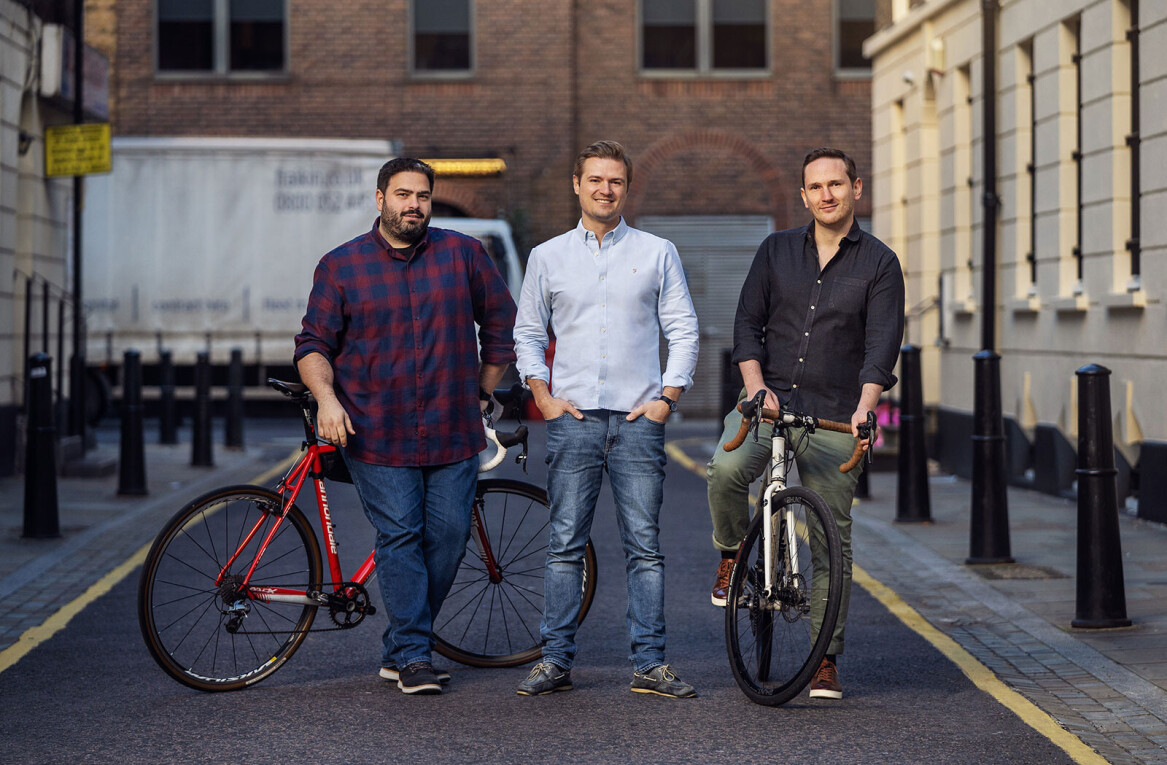
An electric vehicle successfully takes tailpipe emissions out of the environmental equation. Fact. Charge it with renewable energy and its impact flatlines. Great. But while all this is preferable to a traditionally fuelled vehicle that will continue to pollute throughout its lifetime, a Polestar 2 still leaves the factory gates with a 26-ton CO2e production footprint. And we believe it doesn’t have to.
In fact, we’re committing to creating a completely climate-neutral car by 2030. Without offsetting emissions.
“For the first time, we can dare to dream about a future with climate-neutral, circular but still beautiful cars, and, of course, air that is cleaner to breathe,” said Fredrika Klarén, Head of Sustainability at Polestar.
Polestar 0 project
Electric cars are a better option because they offer a route to net-zero, but they are in no way clean. In fact, the manufacturing process and the production of Li-ion batteries account for higher emissions than those of an equivalent fossil-fueled car. For a solid shot at clean mobility, the automotive industry needs to eliminate all cradle-to-gate emissions. And this is the challenge that lies ahead.
Our ambitious initiative, aptly named Polestar 0 project, will be innovation-led and circularity focused. Getting to climate neutrality will require a total value chain overhaul and demand supplier accountability and transparency. Progress will need to be powered by renewable energy across the lifecycle, and by removing the fallback of offsetting emissions, we’ll have no way of calculating ourselves clean.
This is a bold promise, especially when many of the technologies needed to make this a reality don’t exist yet, but Klarén, is optimistic.
“While suppliers are making progress, it’s in the pilot stage,” Klarén says. “During the coming decade, we really have to go from pilots to scaling up. And that is the moment that we want to take part in. We want to create demand for all of these interesting and important solutions that are now being investigated.”
Polestar CEO Thomas Ingenlath agrees. “We are interested in innovations and exponential technologies that can change the car industry as a whole. By pushing for a completely climate-neutral car, we are forced to be innovative even in the areas that might seem impossible today. Companies must do their own work and eliminate emissions throughout the entire process, instead of shifting the problem elsewhere.”
Time to put emissions in reverse
How do we get there? We change. Sustainable practice is already being incorporated throughout the business, with employee bonuses tied to sustainability KPIs for each department. In September 2020, we also published the Life Cycle Assessment of the Polestar 2. A report that revealed a 26-ton CO2e cradle-to-gate footprint.
Fredrika Klarén sees this kind of transparency as an opportunity. “As an electric car maker, we don’t have to worry about combustion engines producing toxic emissions, but that doesn’t mean our job is done. Now we must focus all our efforts on cutting emissions in the supply chain and in the production of our cars. This is a historic and exciting time for carmakers, an opportunity to seize the moment and do better.”
To chart our progress, all models from the Polestar 2 onwards will be clearly marked with CO2e footprint and the percentage of traced risk materials. It will be a case of measuring, innovating, measuring… then innovating again.
Don’t let the greenwashing fool you
Unfortunately, not everyone is taking the same approach. Offsetting emissions has become a tactic for big businesses to sidestep sustainable responsibility. And while nature-based offsetting does have a purpose, especially for residual emissions, it can’t be the end-game.
Research agrees. Not only does this kind of offsetting require too much land, the long-term carbon storage capacity of forests and soils is not well known. There are no guarantees that forests won’t be logged further down the line, ravaged by fire, or altered by climate change.
But it’s 2021, and all the carbon “heavies” know this. As businesses, we shouldn’t be clinging to legacy technologies and then buying trees as an environmental apology.
We know the Polestar 0 project leaves us open to scrutiny and possible failure, but if we succeed, we’ll arrive at climate neutrality 20 years ahead of the 2050 deadline. An achievement Fredrika Klarén believes we should all be chasing. “If the industry cannot produce one climate-neutral model in 2030 through reduction, then we have failed miserably.”
Consumer empowerment
It’s true that we can’t keep doing the same and expecting different results, but significant change will happen when consumers start demanding different results.
Thomas Ingenlath concurs. “Consumers are a huge driving force in the shift to a sustainable economy. They need to be given the right tools to make informed and ethical decisions.”
If we can build a car that is climate-neutral from the start, and countries and consumers commit to charging them with green electricity, we can create a new, zero-impact reality.
Get the TNW newsletter
Get the most important tech news in your inbox each week.





